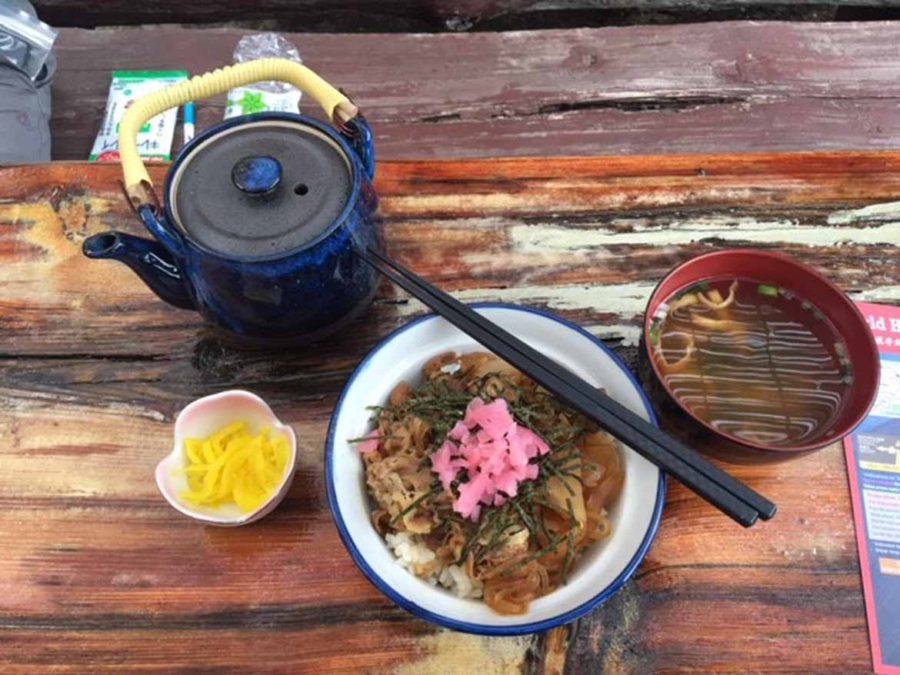Like this post? Help us by sharing it!
Japanese food is some of the best in the world, and believe it or not, it is possible to produce authentic Japanese food with ingredients readily available from your local supermarket. Chef Liam Chawdhary offers his top tips.
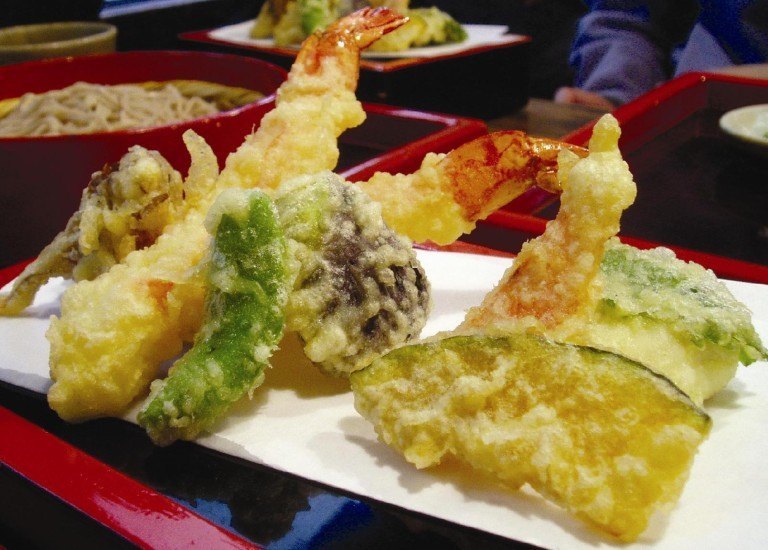
Japanese cuisine is more varied than any other I have encountered. Lining the streets of any Japanese town you will find restaurants serving dishes as diverse as fresh and simple sushi, to spicy and satisfying ramen noodles; from delicate tempura, to the Sumo wrestlers’ favourite stew: chanko-nabe.
It is quite easy to spend a week dining in Japan without encountering the same cooking style twice. One commonality, however, is freshness and quality of ingredients. This is important, as Japanese dishes tend to be based on just a few core flavours. But this is not to say that Japan does not have its share of hearty, rustic and highly seasoned food.
Japanese cookbooks
One thing that frustrates me about many Japanese cookery books is the author’s assumption that even the most exotic of ingredients are easily and cheaply available at my local supermarket. This is rarely the case, and the resulting search for substitute ingredients – that I’m not familiar with in the first place – leaves me feeling that I’m veering further away from an authentic result.
Some specialist ingredients are required for certain dishes, but many dishes can be completely – and authentically – reproduced with ingredients that can be bought from most Asian supermarkets. If access to an Asian supermarket is difficult, the ingredients can be readily bought online – Japanese kitchen is a good one. If the array of similarly packaged products becomes confusing, here are some of my Japanese food cupboard staples.
Japanese essentials for your cupboard!
Soy sauce
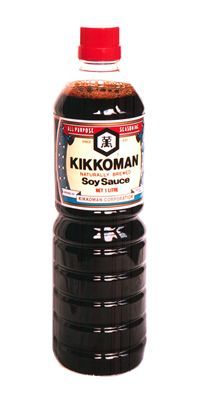
Japanese soy sauce is very different to the Chinese variety you may use in your stir-fries. A good Japanese soy sauce should only be made from soy beans, wheat, salt and water and is delicious used as a dip (think of sushi). Chinese soy sauce (or poorer quality Japanese soy sauce), whilst good for cooking, is too heavy and does not make a good accompaniment to subtle Japanese cuisine. I would recommend Kikkoman brand soy sauce which is available in all Asian supermarkets and even at Tesco.
Nori sheets
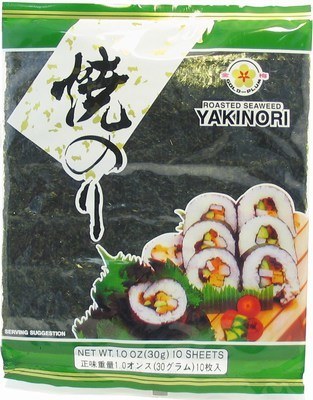
These are very thin sheets of laver which have been toasted. Look for a Japanese brand which will be strong enough to cope with being rolled (some Korean brands can be rather holey and brittle). It may be called Yakinori which simply means toasted nori.
Japanese rice

Japanese rice is different to the Indian varieties you might be used to in the UK. It is short grained and sticky when cooked which allows it to be picked-up by chopsticks. You will be charged a premium for genuine Japanese rice from Japan, but Japanese rice is also grown in other countries and this can be sourced from Asian supermarkets at a cheaper price.


Sushi rice (or simply; sushi) is not the same as the plain boiled rice which accompany most meals in Japan: it is made with slightly less water and is seasoned with vinegar, sugar and salt. The seasoning mixture and be prepared easily (see Rolled Sushi recipe) using Japanese Rice Vinegar or can be bought ready made as Sushi Rice Seasoning (both available at Asian supermarkets).
Wasabi
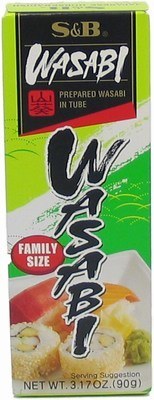
Wasabi comes from the same family as horseradish and has a similar flavour (and a similar effect on the nose). It comes either as a paste in a tube (shown right) or as a powder which needs to be reconstituted.
All that cooking leaving you longing for the real deal? Get in touch with our team to plan a foodie trip to Japan.


